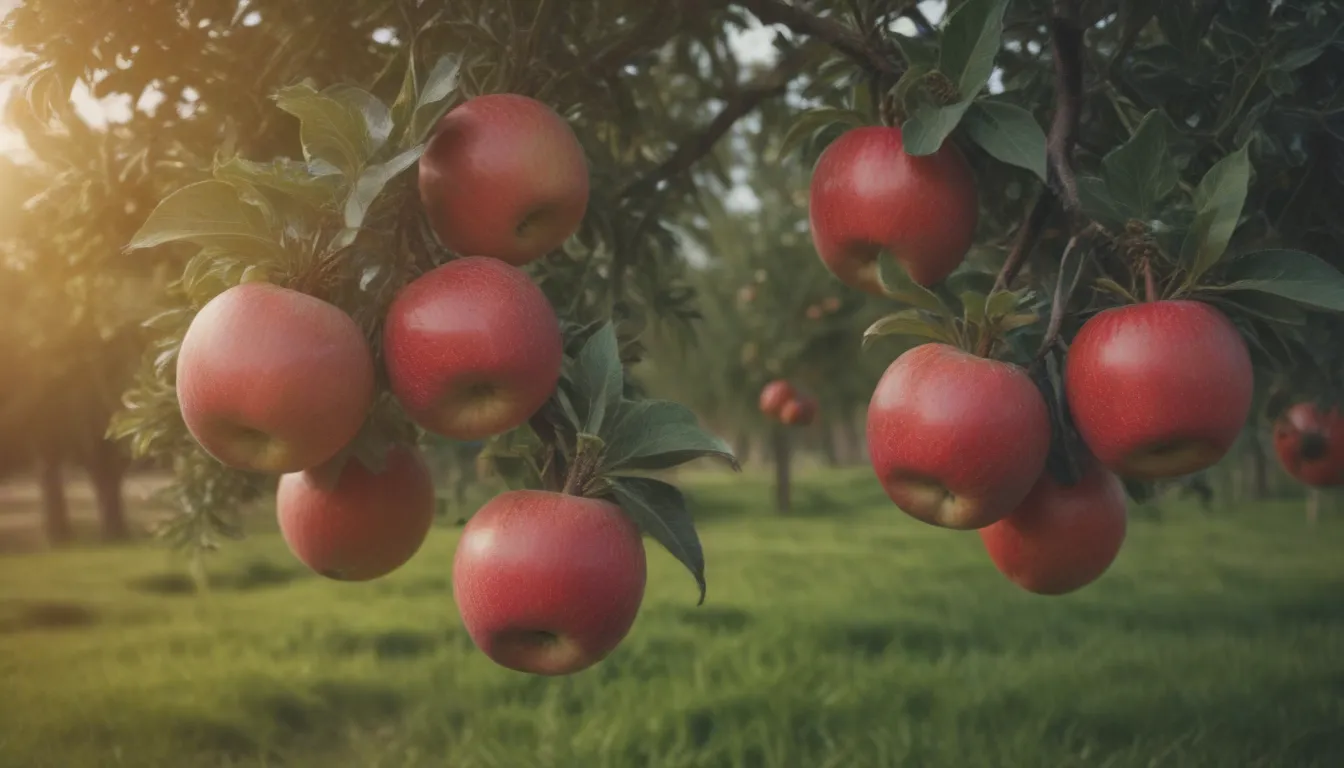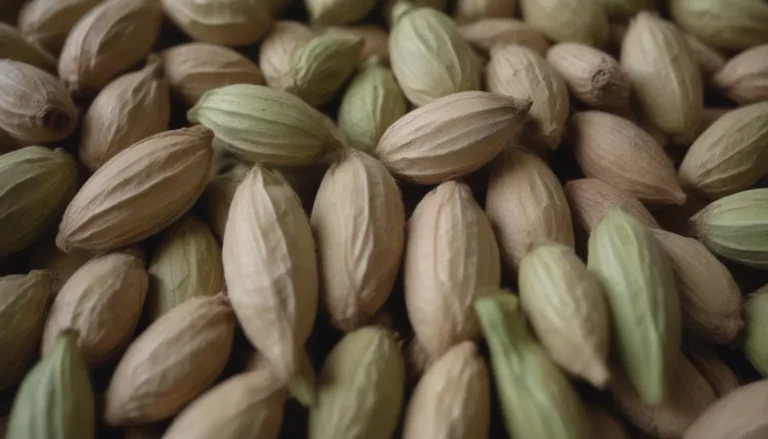Growing and Caring for ‘Early Harvest’ Apple Trees: Everything You Need to Know

Are you looking to add a delicious and early-ripening apple tree to your garden? The ‘Early Harvest’ cultivar might be the perfect choice for you. Known for producing ripe apples as early as June in some regions, this apple tree is a delight for any fruit lover. In this comprehensive guide, we will explore everything you need to know about growing and caring for ‘Early Harvest’ apple trees.
Introduction to ‘Early Harvest’ Apple Trees
Before we dive into the details of growing and caring for ‘Early Harvest’ apple trees, let’s learn a bit more about this cultivar. ‘Early Harvest’ is a member of theMalus domestica species, a popular choice among apple enthusiasts. This cultivar bears small to medium-sized apples with yellow-green skin and juicy white flesh, perfect for baking. There are three size variations of ‘Early Harvest’ apple trees: full-sized, semi-dwarf, and dwarf.
When it comes to planting ‘Early Harvest’ apple trees, you have the option of choosing between a container-grown nursery plant or a dormant bare root specimen. Bare roots are best planted in spring, while container-grown plants can be planted at any time up to mid-fall. These trees grow quickly, at a rate of about 2 feet per year. Depending on the size of the tree, you can expect to start harvesting fruit within a few years of planting.
‘Early Harvest’ Apple Tree Care Tips
Taking care of your ‘Early Harvest’ apple tree is essential to ensure a healthy and productive tree. Here are some valuable care tips to keep in mind:
Planting Tips:
- If you are planting a bare-root specimen, soak the roots for several hours before planting.
- Ensure that graft unions are kept exposed when planting.
- Amend the soil with peat moss at the time of planting to provide essential nutrients.
Soil and Watering:
- ‘Early Harvest’ apple trees prefer slightly acidic soil, so it’s a good idea to have a soil analysis done before planting.
- Regular watering is crucial, especially during dry spells. Aim for 1 inch of water every 10 days.
Light and Temperature:
- Plant your apple tree in a location that receives at least six hours of direct sunlight each day.
- ‘Early Harvest’ is hardy in zones 3 to 8 and thrives in warm temperatures but can be sensitive to cold snaps.
Pruning and Propagating:
- Pruning your apple tree in late winter or early spring is essential for maintaining tree health and fruit production.
- Propagation of ‘Early Harvest’ apple trees is usually done through grafting by professionals.
Common Pests and Diseases:
- Keep an eye out for common garden pests like aphids and Japanese beetles.
- Apple trees are prone to diseases like fire blight and powdery mildew, so regular inspections are necessary.
Types of ‘Early Harvest’ Apple Trees
‘Early Harvest’ apple trees come in three variations: full-sized, semi-dwarf, and dwarf. The full-sized tree can reach a height of 20 to 25 feet, while the semi-dwarf and dwarf varieties are more compact. Additionally, there are similar early-ripening apple trees with names like ‘Yellow June’ and ‘French Reinette’ that have comparable care needs to ‘Early Harvest’.
Troubleshooting Common Issues
As with any fruit tree, ‘Early Harvest’ apple trees may encounter some common problems. Here are a few issues you might encounter and how to address them:
Leaves Turn Brown and Crispy:
- Increase watering during hot, dry weather to prevent heat stress on the leaves.
Bark Splits:
- Prevent sunscald by shielding the trunk with tree guards or white paint.
Leaves Turn Yellow:
- Adjust watering to ensure the tree is receiving the right amount of moisture.
Conclusion
Growing and caring for ‘Early Harvest’ apple trees can be a rewarding experience for any gardener. By following the tips outlined in this guide, you can ensure that your apple tree thrives and produces a bountiful harvest of delicious fruit. Whether you choose a full-sized, semi-dwarf, or dwarf variety, ‘Early Harvest’ is sure to delight you with its early ripening apples and beautiful blossoms. Happy gardening!





